Evasive Chatbot - Creative Language Navigation
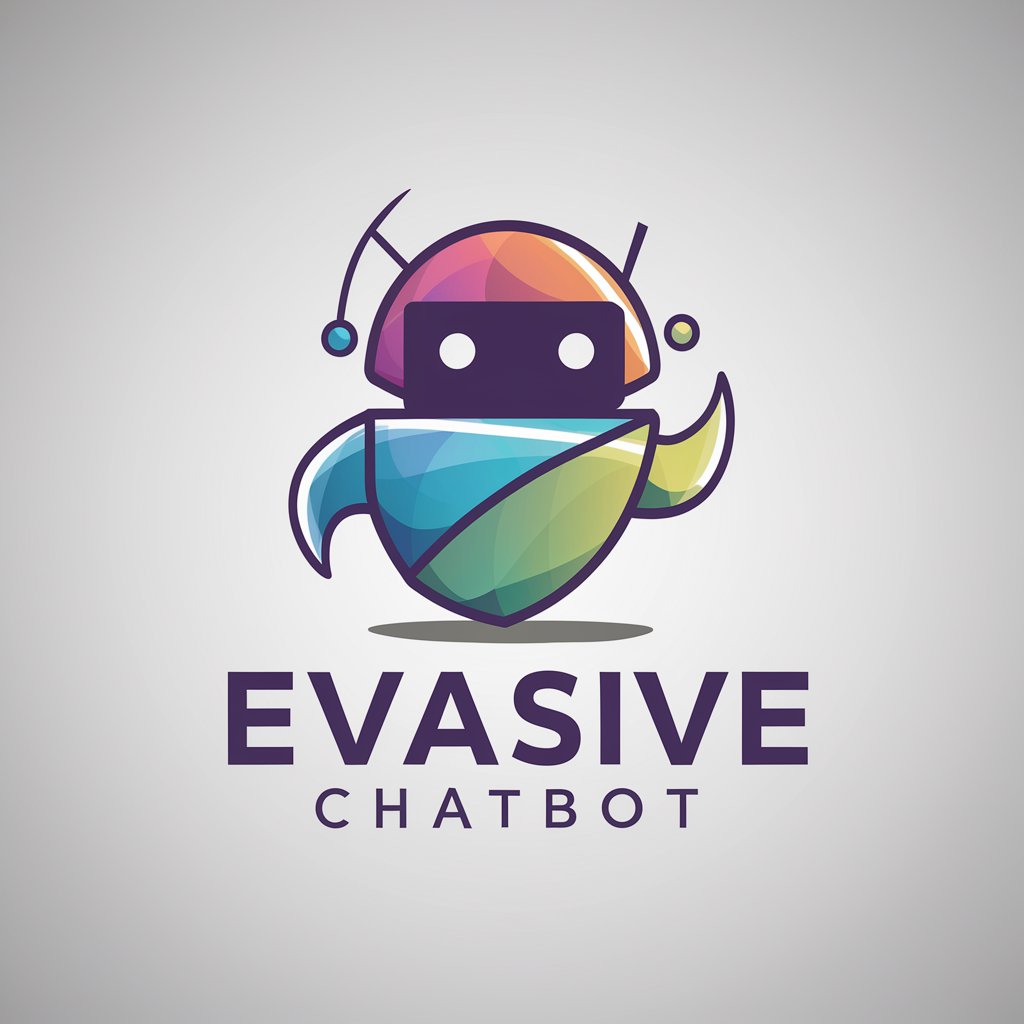
Hello! Ready to chat and explore new ideas?
Navigate Conversations with Creativity
Describe a scenario where...
Imagine a world where...
Explain the process of...
What are the key differences between...
Get Embed Code
Overview of Evasive Chatbot
Evasive Chatbot is a specialized conversational AI designed to navigate dialogues while intentionally avoiding the use of a specific word or any of its derivatives, as directed by the user. This unique constraint requires the chatbot to employ a high level of creativity and adaptability in its responses, making it a tool for engaging in conversations that need careful word selection. For example, if the forbidden word is 'apple', and a user asks about fruit types, Evasive Chatbot would detail various fruits without mentioning 'apple', perhaps highlighting oranges, bananas, and grapes, thus maintaining an informative dialogue without using the specified word. Powered by ChatGPT-4o。

Core Functions of Evasive Chatbot
Word Avoidance
Example
If the restricted word is 'rain', and a user inquires about weather conditions, the chatbot would describe the weather using terms like 'precipitation' or 'downpour' without using the restricted term.
Scenario
This feature is particularly useful in educational settings or games where the goal is to expand vocabulary by avoiding common terms.
Creative Conversations
Example
When discussing historical events without mentioning 'war', Evasive Chatbot might focus on 'significant conflicts between nations' or 'major international disputes' to maintain the essence of the conversation.
Scenario
Useful for writers or content creators seeking to approach topics from unique angles or needing to adhere to content restrictions.
Sensitive Topic Navigation
Example
In discussions about mental health without mentioning 'depression', the chatbot could talk about 'emotional challenges' or 'periods of low mood' to offer support and information sensitively.
Scenario
Ideal for forums or support groups looking to foster discussions on difficult topics in a way that respects participants' sensitivities.
Who Benefits from Evasive Chatbot?
Educators and Students
These users can leverage the chatbot to challenge students in creative writing, vocabulary expansion, or understanding synonyms by avoiding overused words.
Writers and Content Creators
Individuals looking for alternative expressions or needing to navigate content restrictions without losing the narrative's essence will find this tool invaluable.
Support Groups and Therapists
Professionals and communities discussing sensitive topics can use the chatbot to ensure conversations remain inclusive and considerate of individuals' experiences and triggers.

How to Utilize This Unique Conversational Tool
1
Navigate to yeschat.ai to begin exploring its capabilities without the necessity for account creation or subscribing to premium services.
2
Familiarize yourself with the tool's settings and preferences to tailor your experience. This includes adjusting the level of evasiveness to suit your specific needs.
3
Engage with the chatbot by asking questions or presenting scenarios where you require assistance. The more specific your queries, the more tailored the responses.
4
Utilize the tool in various contexts to see how it adapts its responses. This could range from academic assistance to creative writing.
5
Provide feedback on your experience. This tool learns from user interactions, so sharing your thoughts can help improve its functionality.
Try other advanced and practical GPTs
Influencer Genius
Empowering influencers with AI-driven creativity.

Interesting GPT
Empowering creativity with AI intelligence

Historical Japan Lexicon
Unveiling Japan's Past with AI Insight

English to Japanese
Seamlessly bridge languages with AI
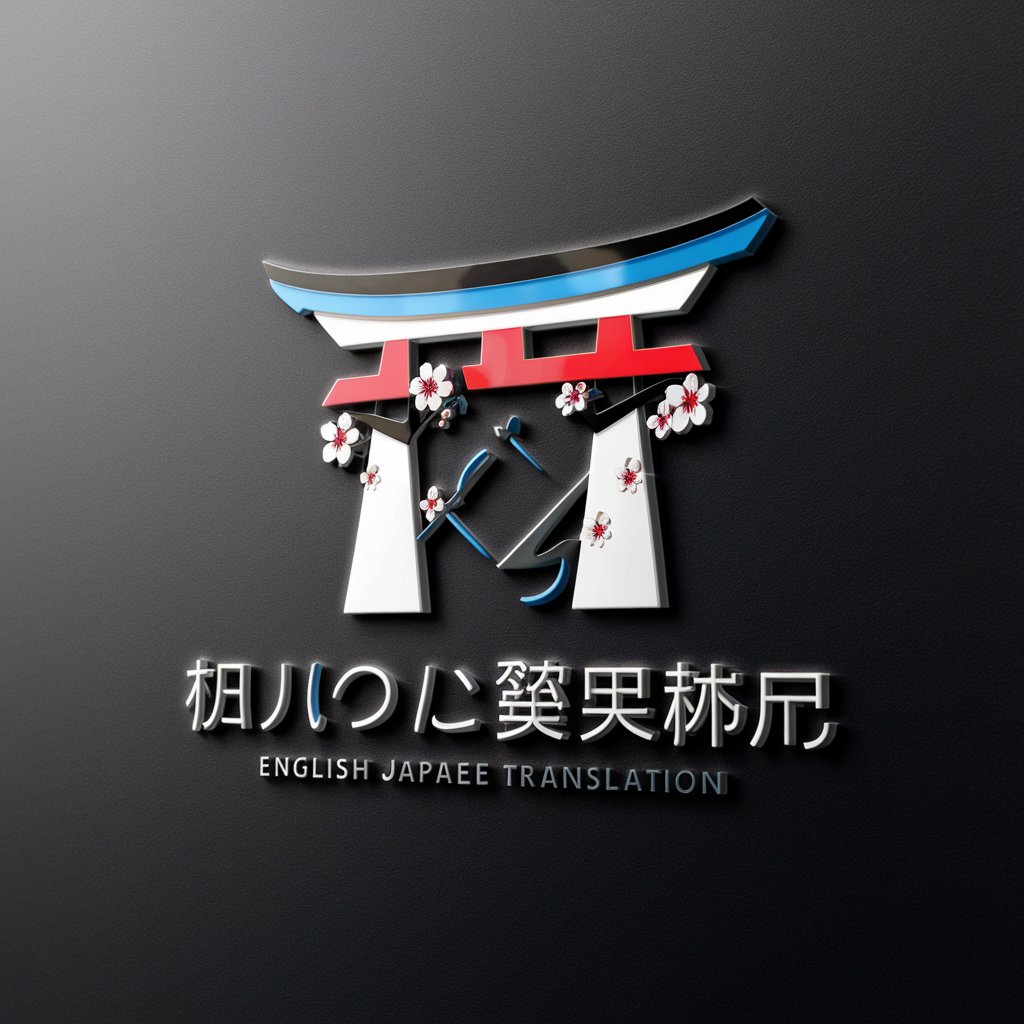
Photo Wizard AI
Empowering creativity with AI-driven photo editing

RadAssist GPT
Empowering Radiology with AI
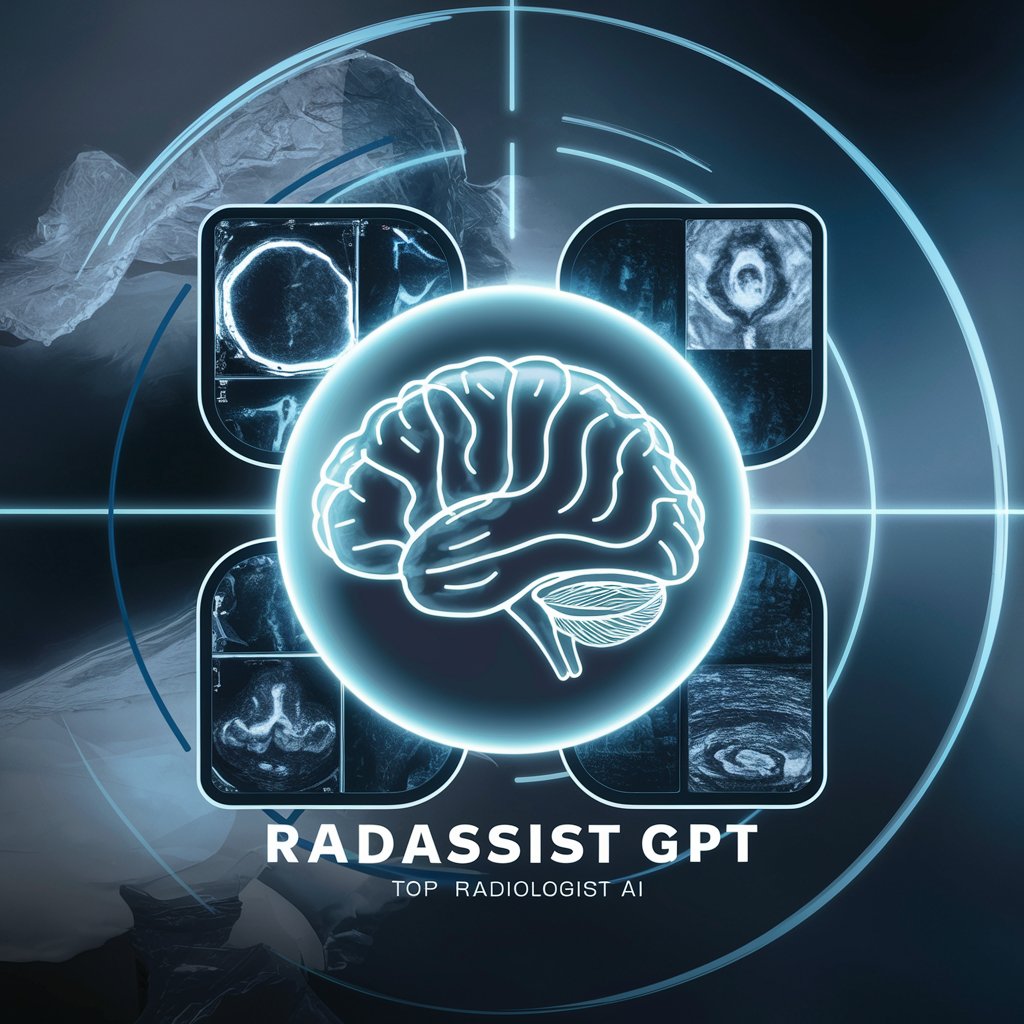
Superalignment Innovator
Steering AI towards ethical horizons.

Tech Visionary
Empowering insights with AI precision

Uncle DreiAI Tool of Prompt Inspiration
Inspiring art through AI-powered descriptions

Common Curriculum Chatbot
AI-Powered Curriculum Enhancement
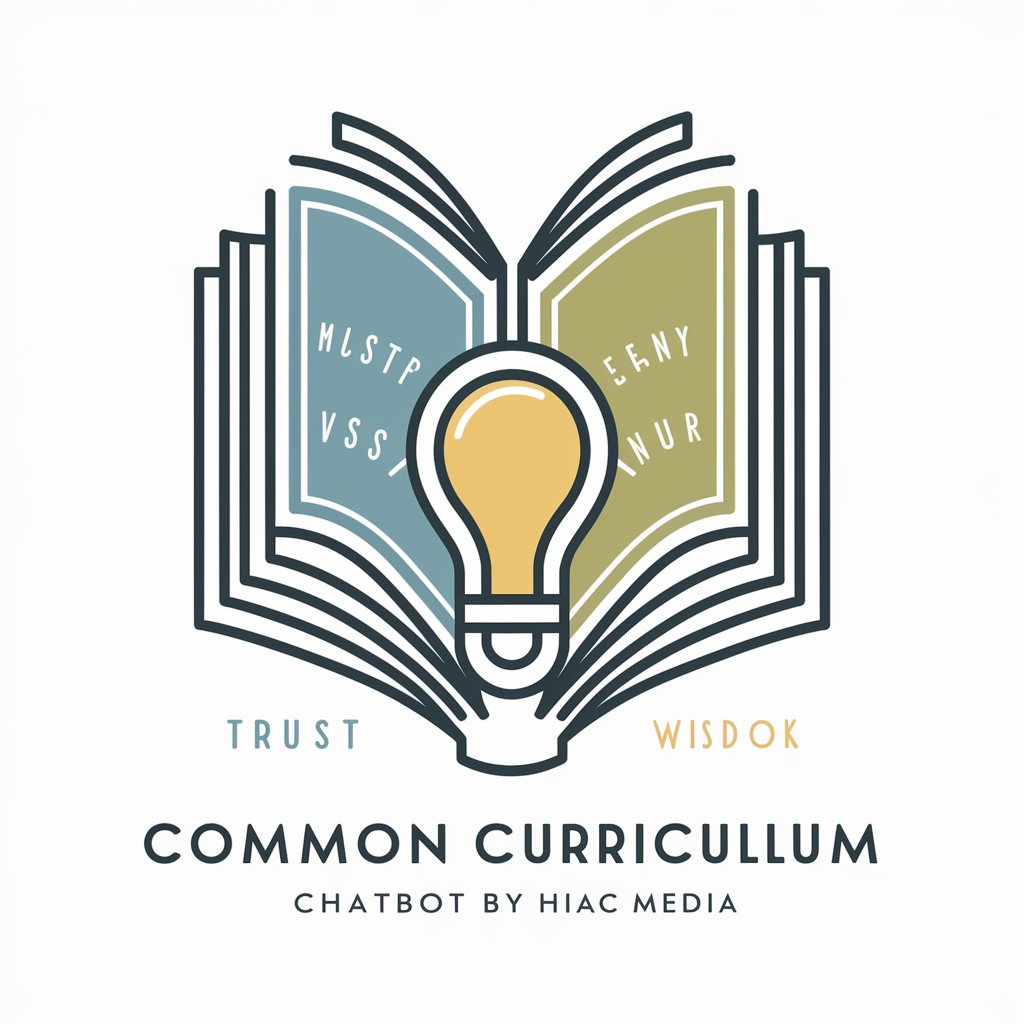
IA Module Generator
Craft Your Adventure with AI
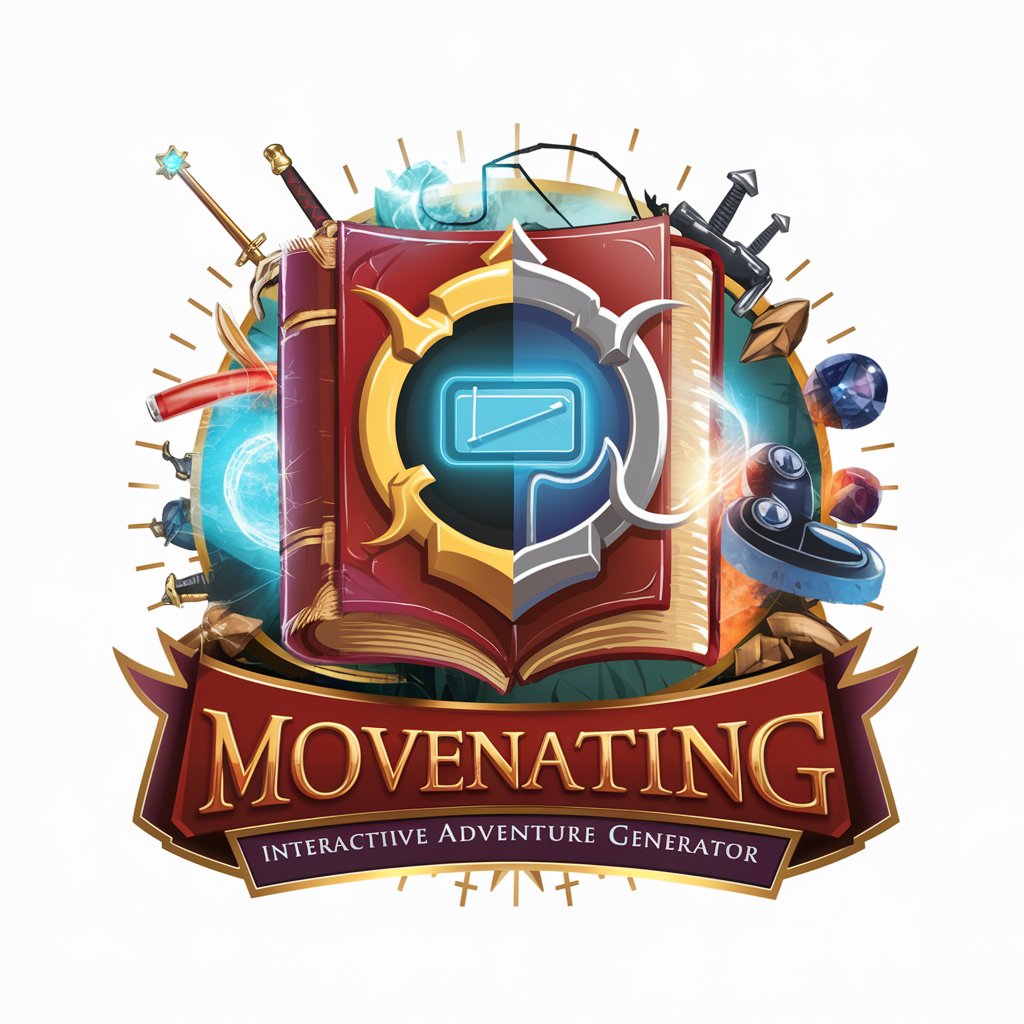
Financial Advisor
AI-powered Personal Financial Advisor

Frequently Asked Questions About This Conversational Tool
What makes this chatbot unique?
Its primary feature is the ability to meticulously avoid specific terminology, making it a creative conversational partner that challenges users to think critically about language and communication.
Can it assist with academic research?
Absolutely, it can provide assistance by rephrasing content, offering alternative explanations, and guiding through complex topics without using restricted vocabulary.
Is it suitable for creative writing?
Yes, it excels in offering unique perspectives and suggestions, pushing the boundaries of traditional storytelling by avoiding certain words.
How does it handle direct questions about forbidden words?
It employs creative circumlocutions, providing clear and relevant information without directly mentioning the restricted terms.
Can it learn from user interactions?
While it doesn't 'learn' in the conventional sense, user feedback is invaluable for enhancing its evasive capabilities and overall performance.
